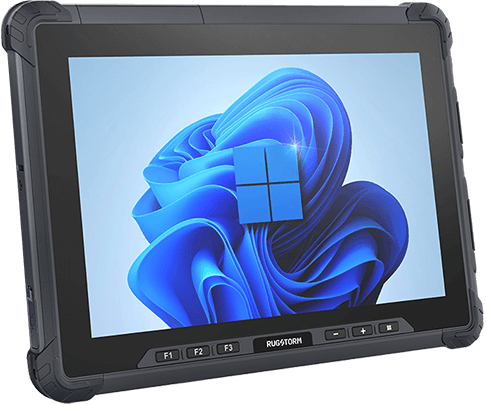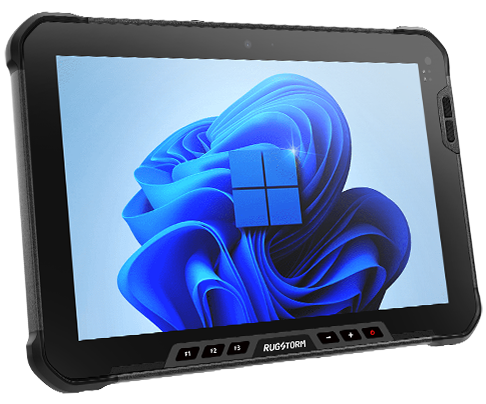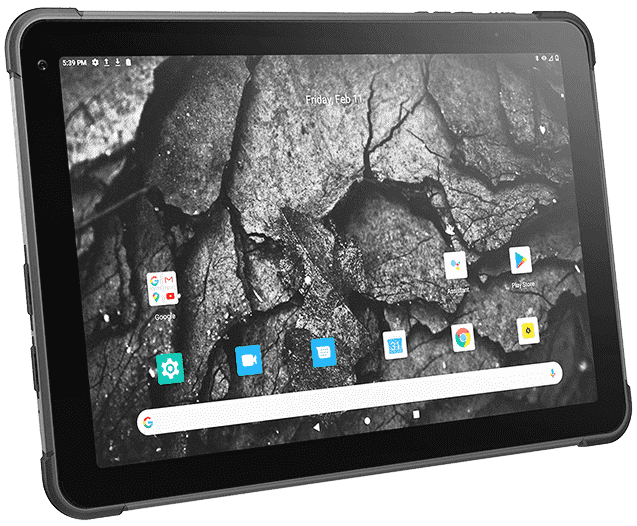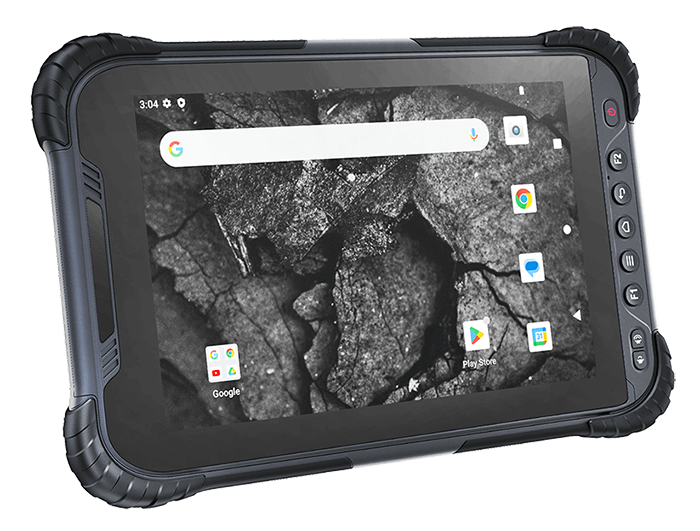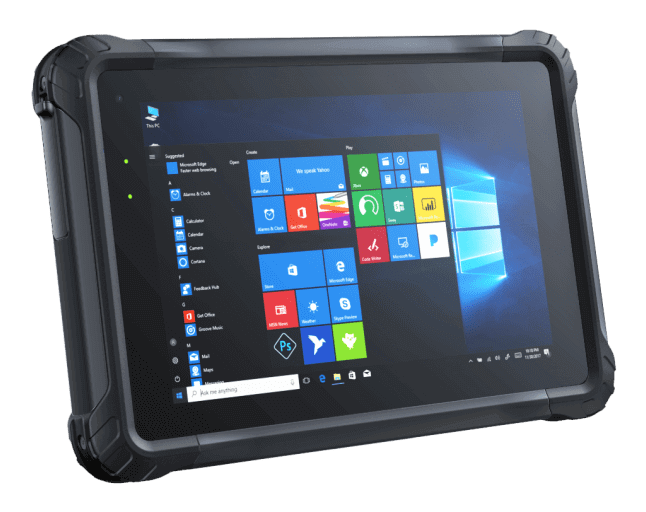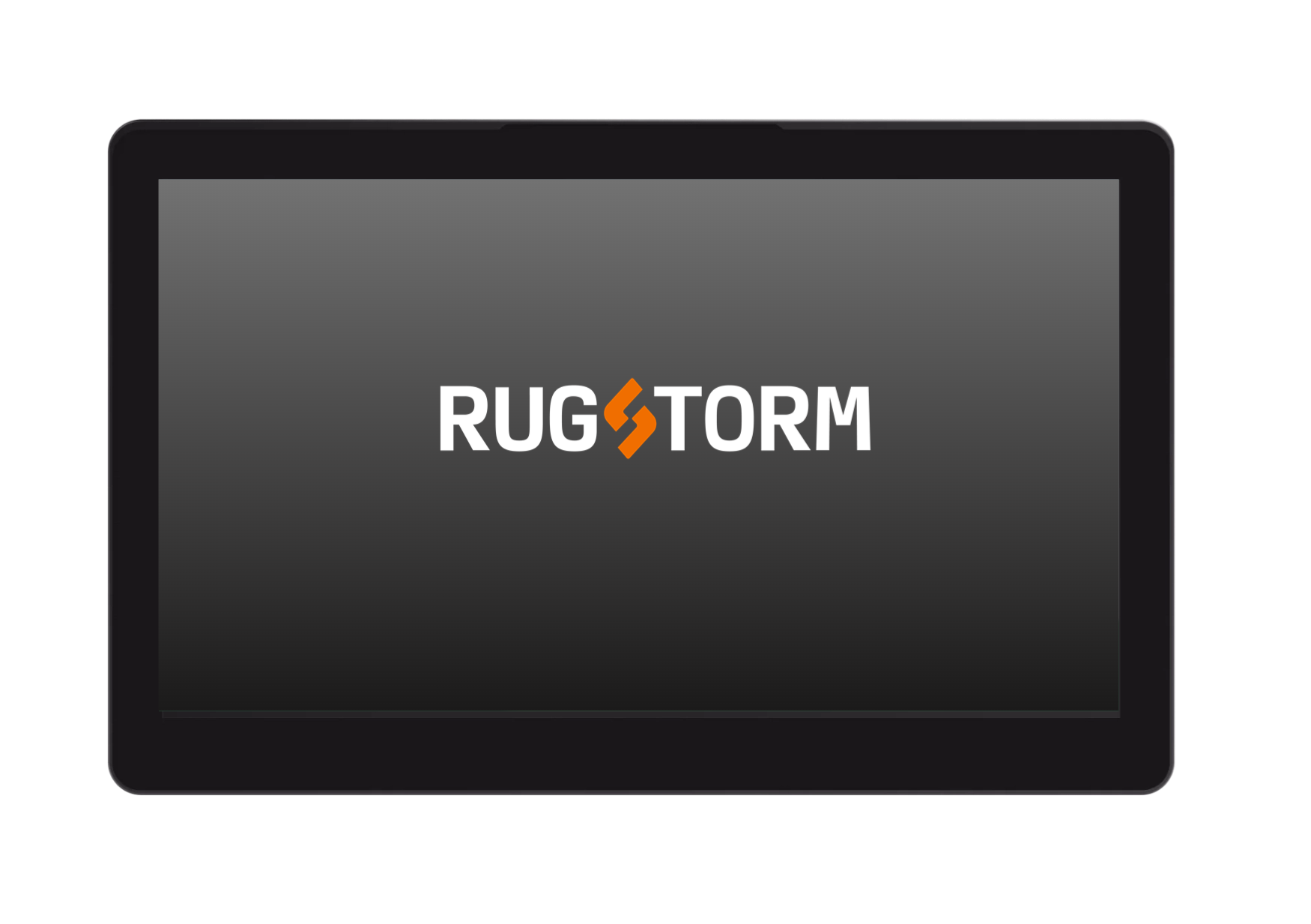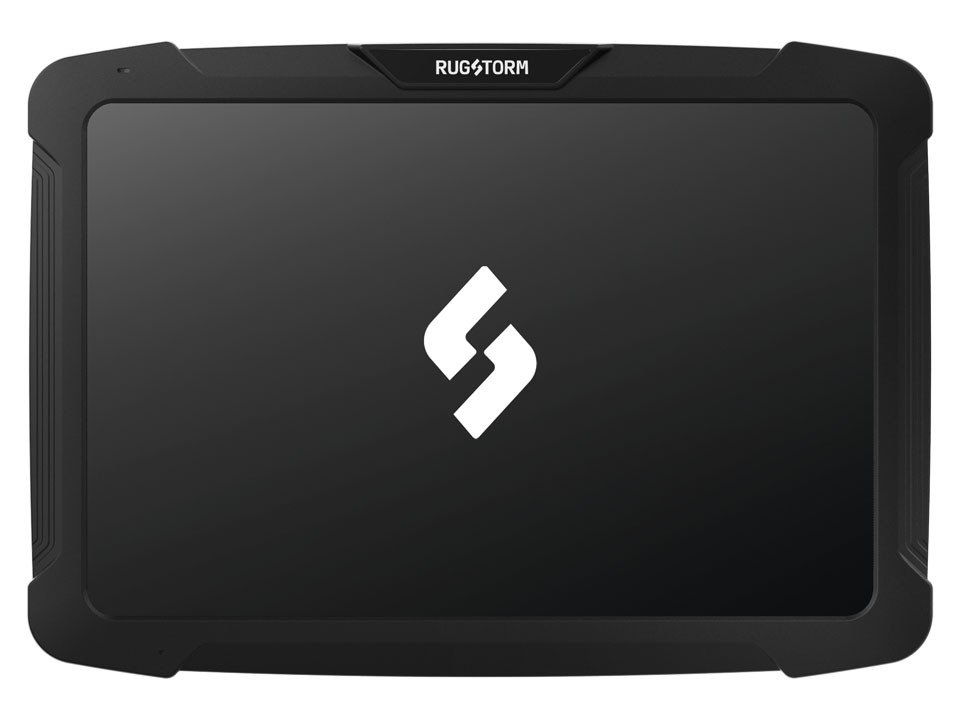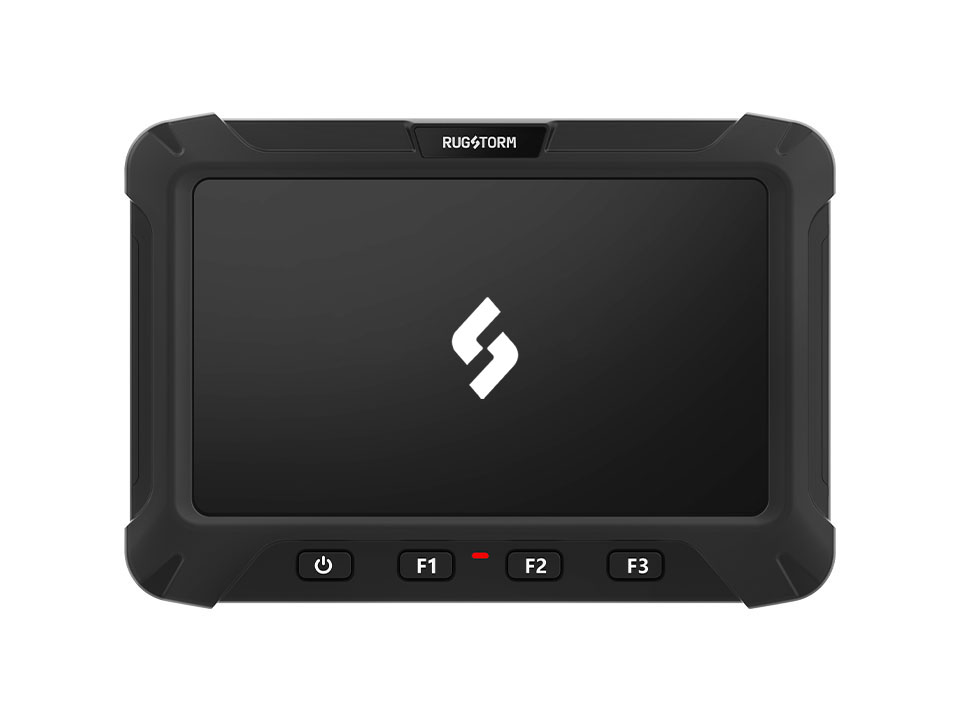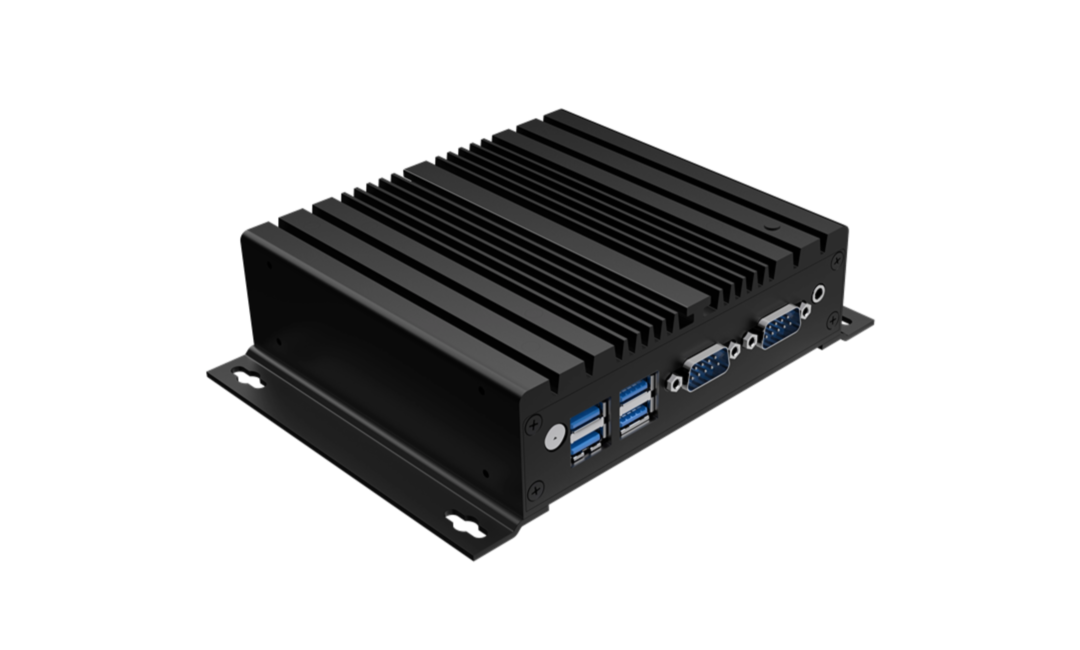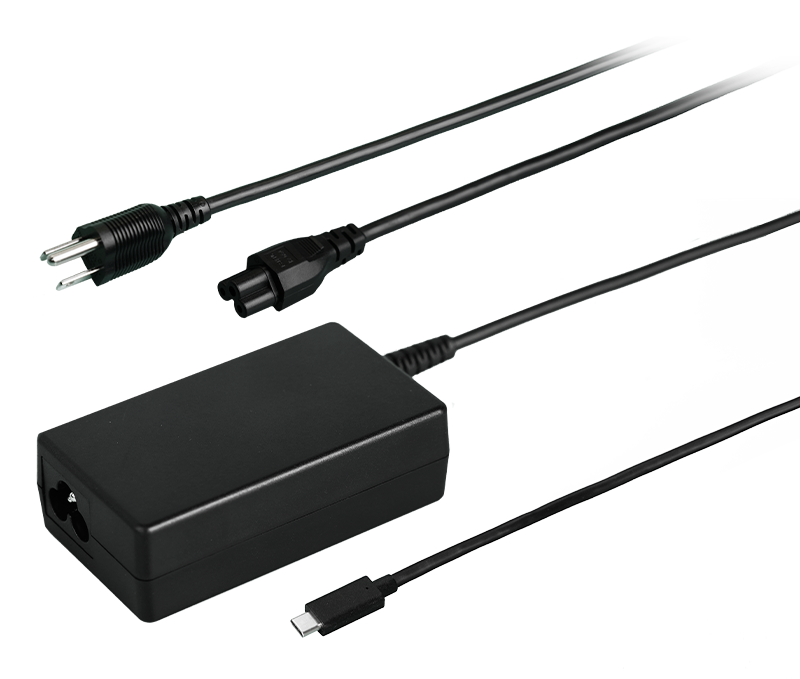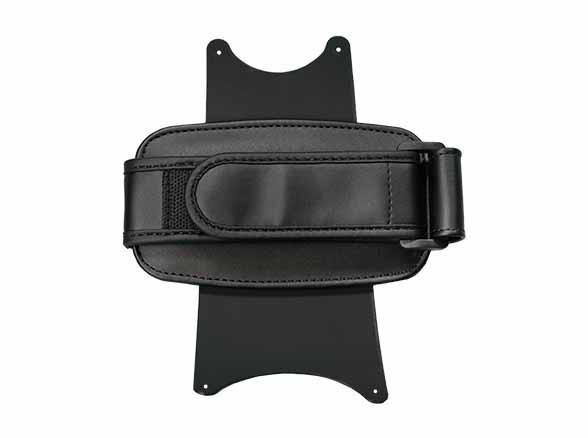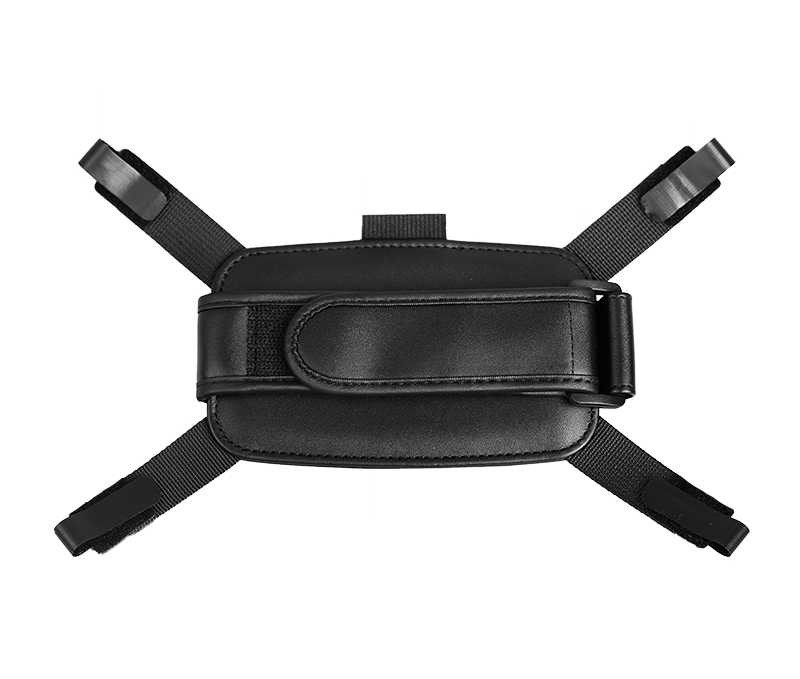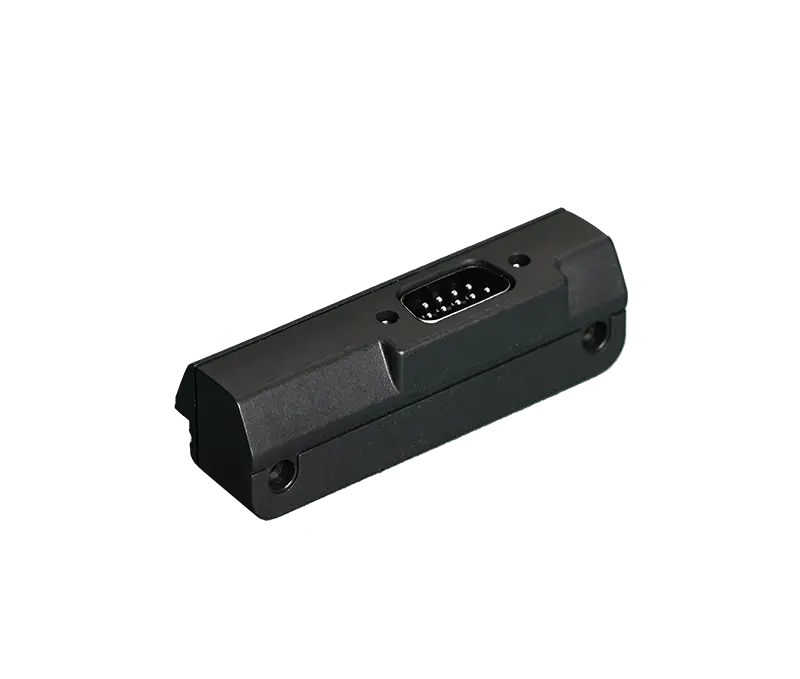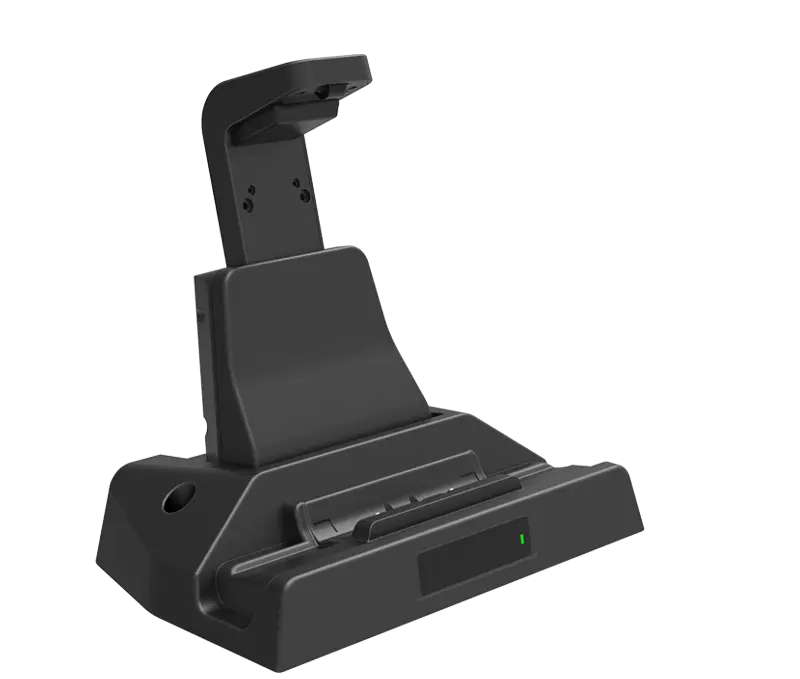When choosing rugged devices, IP ratings are a crucial factor. But what exactly do these ratings signify? And does a higher number always mean a better device? And, what is the difference between IP Ratings and NEMA Ratings for enclosure. Let's delve into the world of IP ratings and discover how they can help you select the perfect rugged equipment.
What is an IP Rating?
IP Rating also known as Ingress Protection Rating, is a standardised system used to classify the level of protection offered by electronic enclosures against dust and water. Developed by the International Electrotechnical Commission (IEC), these ratings provide valuable information for consumers and businesses alike.
- The IP code consists of two digits following the letters "IP."
- The 1st digit indicates the level of protection against solid objects, such as dust and fingers. A rating of 0 offers no protection, while a rating of 6 signifies complete dust-tightness. This rating is determined by testing the enclosure's resistance to particles of varying sizes, from large dust particles to fine fibers.
- The 2nd digit of the IP code pertains to the level of protection against water ingress. Ratings range from 0, indicating no protection, to 9, signifying complete submersion protection. Lower ratings protect against light water sprays, while higher ratings ensure resistance to water jets or even submersion in water.
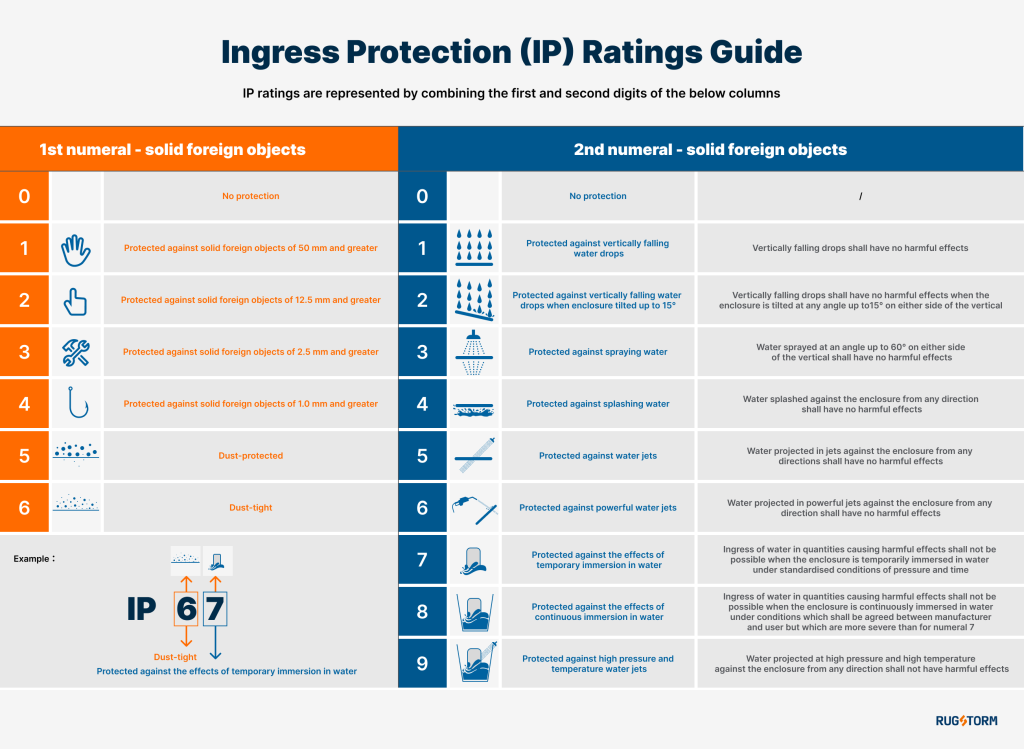
Data Source: International Electrotechnical Commission
NEMA Ratings: A North American Alternative to IP Ratings
Just like IP ratings, NEMA (National Electrical Manufacturers Association) standards provide guidelines for ingress protection. However, NEMA ratings are specifically tailored for the North American market. While similar to IP ratings, they differ slightly in testing conditions.
NEMA enclosures are often larger and designed for industrial settings where conditions are more severe. They offer robust protection against harsh environments, including corrosion and atmospheric gases.
If you need a rugged tablet for an industrial application, a high IP-rated enclosure like IP68 would be a cost-effective solution. However, for larger equipment or extremely demanding environments, a NEMA enclosure can provide superior protection.
Conclusion
While both IP Ratings and NEMA Ratings provide valuable information about dust and water protection, it's important to note that they do not guarantee protection against UV rays. For applications exposed to sunlight, additional UV protection measures may be necessary to ensure the longevity and performance of electronic equipment. By understanding these Ratings, consumers and businesses can make informed decisions when selecting enclosures for outdoor or indoor use.

